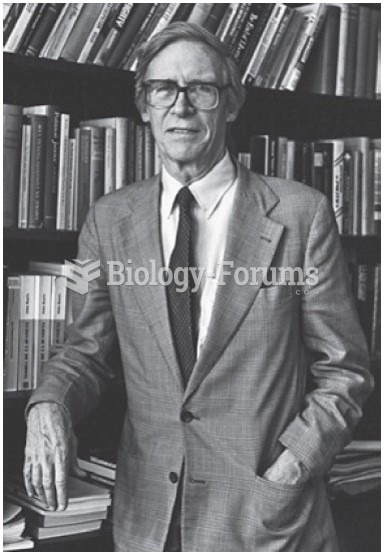Answer to Question 1
An ideal response will:
1, Discuss how amendments in 1979 to the Federal Election Campaign Act allowed a loophole for soft money. This allowed parties to raise money for registration drives, distribution of campaign materials, and generic party advertising.
2, Discuss how in 2000, soft money accounted for nearly half a billion dollars in contributions.
3, Discuss how Senators John McCain and Russ Feingold sought to close this soft money loophole.
4, Discuss how the McCainFeingold Act did limit soft money, but also led to an increase in 527 groups that were not subject to contribution restrictions provided advertisements did not specify voting for or against a candidate.
5, Discuss how the Citizens Unitedv.Federal Election Commission Supreme Court decision weakened the McCainFeingold legislation.
Answer to Question 2
An ideal response will:
1,Discuss how caucuses involve voters attending meetings where they express their presidential preferences. This usually requires a greater time commitment and a greater level of activity than voting in a primary.
2,Indicate that the first caucus is in Iowa, and that Obama did well in Iowa in 2008 . Candidates with organizing prowess have an advantage in caucuses because it is important to mobilize their supporters to show up for these low-participation events.
3, Discuss how primaries involve going to the polls so that party voters can vote for their preferred candidate. While primaries require less political involvement, participation is also low in primaries.
4,Assess which is the better method. Indicate an understating of these methods in such a way as to discuss which is a better method. For example, a primary is designed to provide at least the opportunity for any party voter to participate (depending on registration laws in the state).







